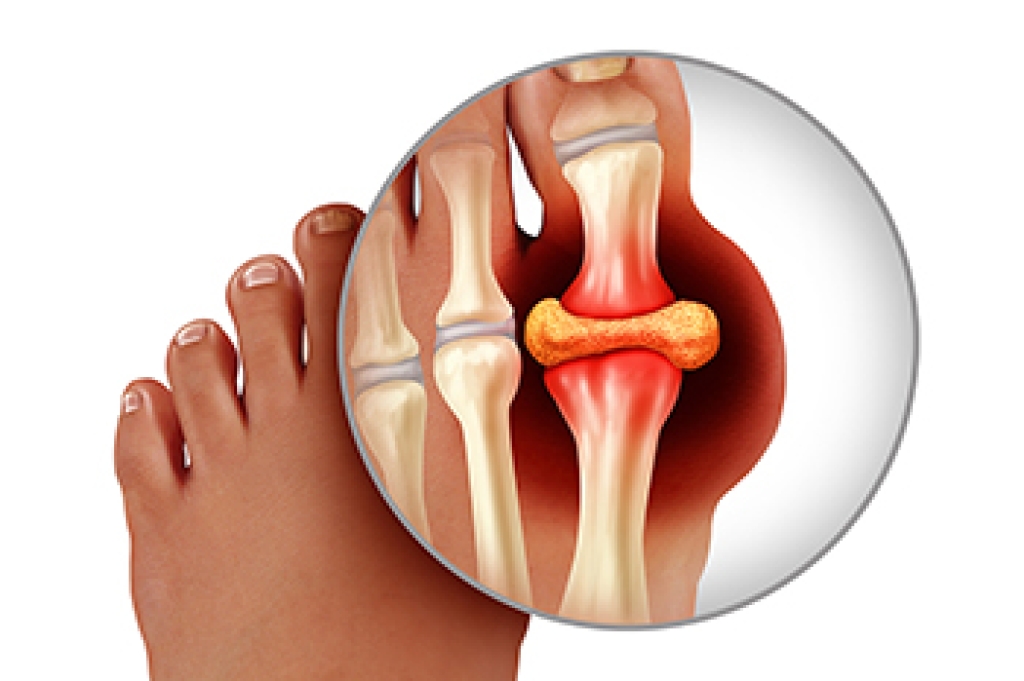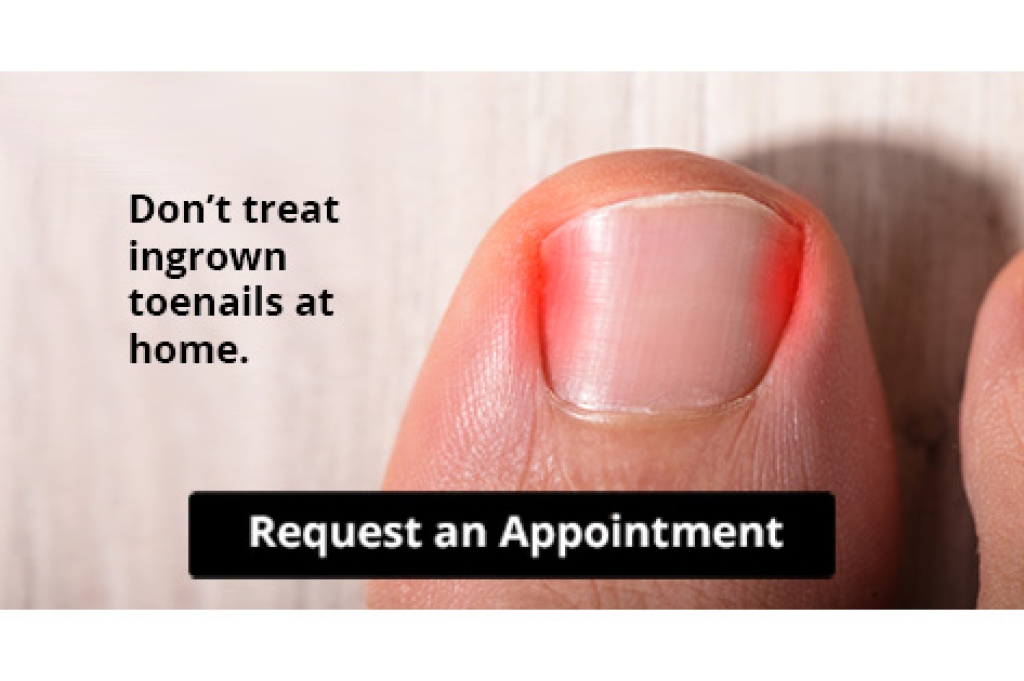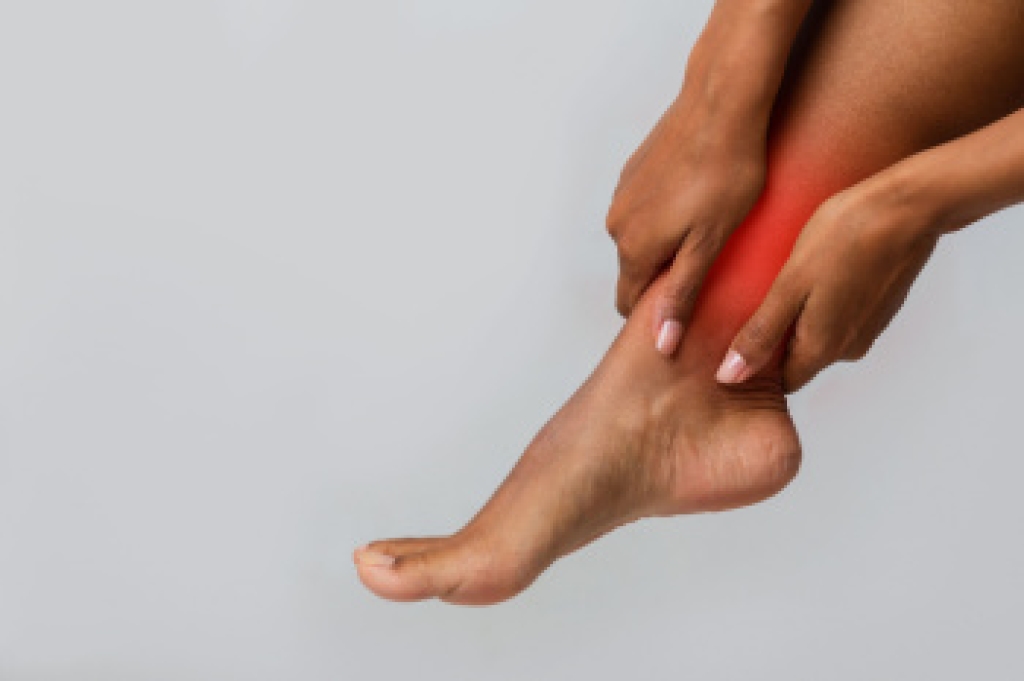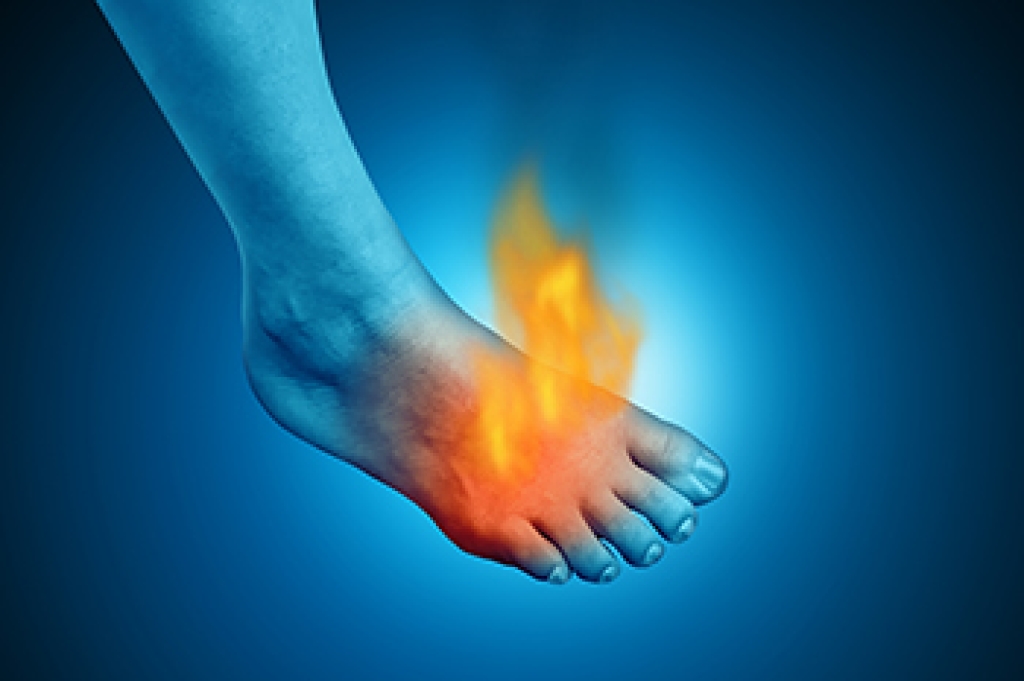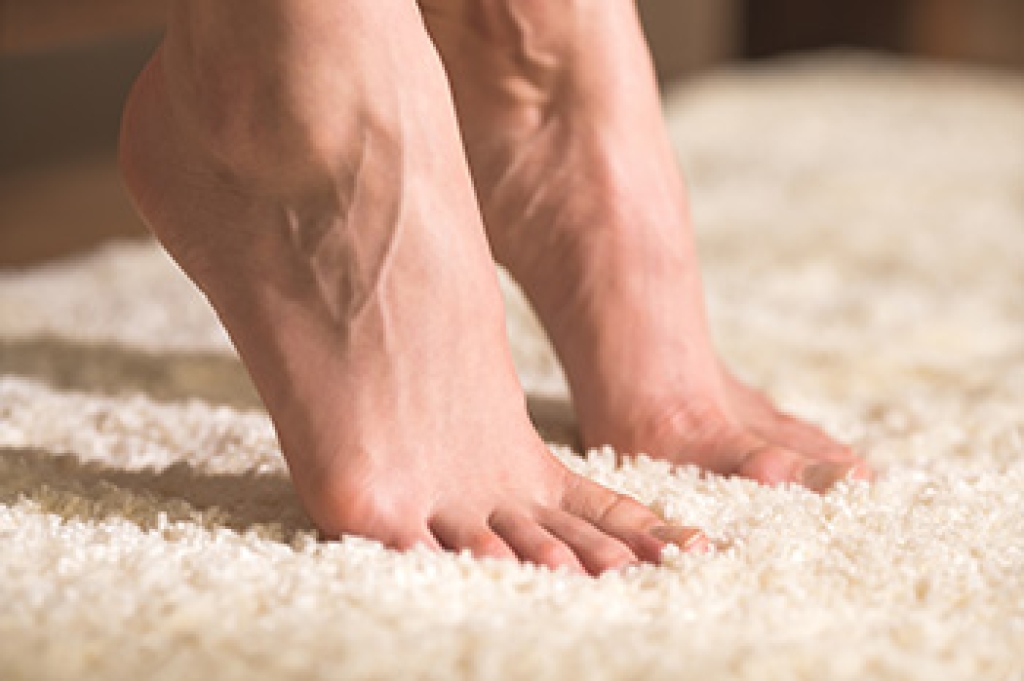
Foot exercises are an effective way to improve strength, flexibility, and overall foot health. Strengthening the arch supports balance, reduces strain on the plantar fascia, and helps prevent injuries. Foot yoga offers gentle, mindful movements that enhance mobility and alignment. Exercises may include big toe dissociation to improve control and coordination, spreading toes to create space and improve balance, deep plantar fascia stretches to relieve tension, and myofascial massage to release tightness in muscles and connective tissue. Regular practice can improve foot function, reduce discomfort, and enhance overall mobility. A podiatrist can evaluate your foot mechanics, recommend the most appropriate exercises, provide guidance on proper technique, and design a personalized plan to strengthen your feet. If you have foot pain, it is suggested that you consult a podiatrist who can treat various foot conditions, and guide you on additional foot strengthening exercises.
Exercising your feet regularly with the proper foot wear is a great way to prevent injuries and build strength. If you have any concerns about your feet, contact Vrunda Dalal, DPM from Sole Focus Foot and Ankle. our doctor can provide the care you need to keep you pain-free and on your feet.
Exercise for Your Feet
Exercise for your feet can help you gain strength, mobility and flexibility in your feet. They say that strengthening your feet can be just as rewarding as strengthening another part of the body. Your feet are very important, and we often forget about them in our daily tasks. But it is because of our feet that are we able to get going and do what we need to. For those of us fortunate enough to not have any foot problems, it is an important gesture to take care of them to ensure good health in the long run.
Some foot health exercises can include ankle pumps, tip-toeing, toe rises, lifting off the floor doing reps and sets, and flexing the toes. It is best to speak with our doctor to determine an appropriate regimen for your needs. Everyone’s needs and bodies are different, and the activities required to maintain strength in the feet vary from individual to individual.
Once you get into a routine of doing regular exercise, you may notice a difference in your feet and how strong they may become.
If you have any questions, please feel free to contact our office located in Marlton, NJ . We offer the newest diagnostic and treatment technologies for all your foot care needs.
